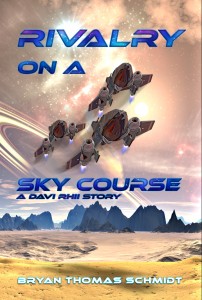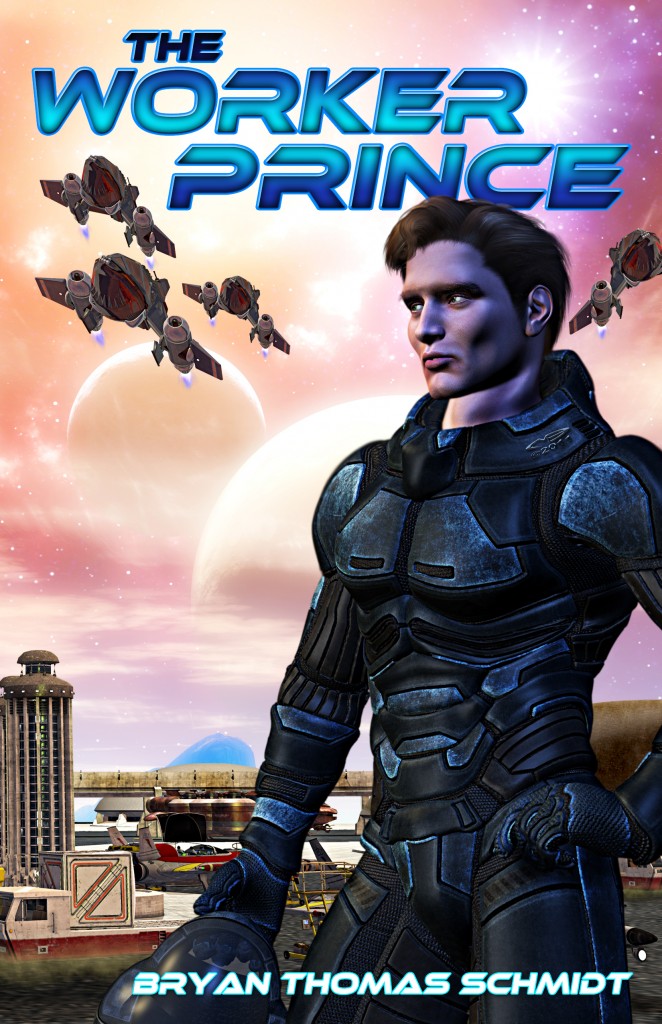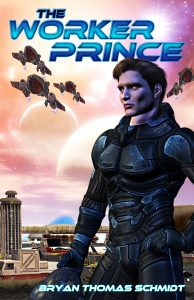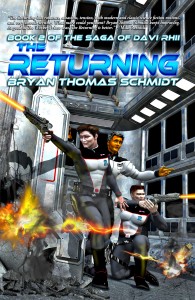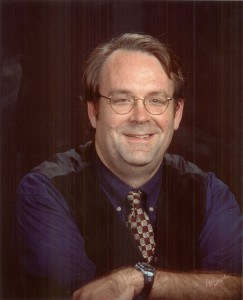 In a recent interview with Charlie Rose, Steve Martin talks about how important diligence has been to his success. And the website Study Hacks, which explores how some people succeed and others don’t explores his comments. I also recently read that a high percentage of Robert Frost’s most acclaimed poems were written after he’d reached the age of 50. That got me thinking how important diligence is to the writer’s journey.
In a recent interview with Charlie Rose, Steve Martin talks about how important diligence has been to his success. And the website Study Hacks, which explores how some people succeed and others don’t explores his comments. I also recently read that a high percentage of Robert Frost’s most acclaimed poems were written after he’d reached the age of 50. That got me thinking how important diligence is to the writer’s journey.
If anyone hasn’t figured it out yet, the writing life is a lifelong journey. The day you stop learning new things or striving to get better, you might as well close up shop because that’s what it’s all about. Through all the rejections, all the bad reviews, all the starving days, all the tribulations of artistic life, only one thing is sure: you can always get better. You’ll know know everything.
That’s why diligence is so vital for success as a writer.
If someone as respected and famous as Robert Frost did his best work in his later years, if someone like Steve Martin values diligence, how can we not ask ourselves to be diligent too? You can only be the best you can be at any moment. But if you continue to grow and learn, i.e. through diligence, you can get better and better. And, like Frost, the highlights of your career can come later in life. Martin won two Grammys for his banjo albums, both well into his career as movie star, post-career as standup comedian. He’d been playing banjo for 50 years when he won one of them. Now that’s diligence.
How successful do you want to be? Do you want a career or just a hobby? One requires diligence, one doesn’t. Period. To do anything artistic well, one must constantly reexamine and strive to improve technique, craft, etc. No one’s perfect and there’s always room to grow as an artist. There’s a reason writers talk about the “writer’s journey.” There’s also a reason you don’t hear successful authors say “the journey is over.” In fact, many would say “my writer’s journey’s just begun.”
Think of writers like George R.R. Martin, who is writing a 7 book series but taking more than a decade to do it. The gaps between books are years, not because he intends to drive readers and his publisher to distraction, but because he’s diligent. He wants to get it right. Would anyone begrudge him that? To me, there’s something to be admired in that kind of dedication. It’s a level of intensity I sometimes wish I could match. On the other hand, GRRM has more financial security as a writer than I do and I wonder if I’d survive such long periods between paychecks. Still, I admire his dedication and diligence in writing it the best it can be and doing it the way he needs to in order to get there.
To do anything well, one must be willing to work hard. Some times working hard means different things for different people. For some, certain things come more easily than for others. I have writer friends like Jay Lake who turn in what they call “clean first drafts.” Others of us spend days going over copyedits. I think these are things one can improve on with time. I know some who struggle with POV and description, while others roll intricate flowery emotional prose off their keyboards like breathing air. (I hate them for it, don’t you?) Some are stronger on science than character. Some are stronger on dialogue than plot. Part of being human is to be imperfect. It’s not a crime. It’s a challenge. But it’s a challenge that can be overcome with diligence.
It’s a cliche, I suppose, to say anything worth having is worth working for, but in a sense, that’s just truth. The writers whose careers last decades are known for diligence: Robert J. Sawyer, Robert Silverberg, Mike Resnick, Anne Rice, Orson Scott Card, Ben Bova, Stephen King, Peter Straub, etc. All have worked hard to perfect their craft. All write with great discipline and take advantage of every opportunity. All produce multiple books and stories every year. And all will tell you it’s hard work and that they are always seeking to improve.
For me, part of following their example is modeling myself after their efforts. I am diligently blogging, writing, and networking. I am diligently educating myself about this business. I am diligently reading to be aware of what’s come before and who’s writing what. And I am diligently studying storytelling, craft, prose, etc. to understand how others do it well and improve my own work in the process.
How’s your diligence? Is it a priority for you? Are you in it for the long haul or short run? Good questions to ask, I think. For what it’s worth…
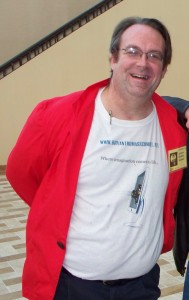 Bryan Thomas Schmidt is the author of the space opera novel The Worker Prince, a Barnes & Noble Book Clubs Year’s Best SF Releases of 2011 Honorable Mention, the collection The North Star Serial, Part 1, and has several short stories forthcoming in anthologies and magazines. His second novel, The Returning, is forthcoming from Diminished Media Group in 2012 along with his book 102 More Hilarious Dinosaur Jokes For Kids from Delabarre Publishing and the anthology Space Battles: Full Throttle Space Tales #6 which he edited for Flying Pen Press, headlined by Mike Resnick. As a freelance editor, he’s edited a novel for author Ellen C. Maze (Rabbit: Legacy), a historical book for Leon C. Metz (The Shooters, John Wesley Hardin, The Border), and is now editing Decipher Inc’s WARS tie-in books for Grail Quest Books. He’s also the host of Science Fiction and Fantasy Writer’s Chat every Wednesday at 9 pm EST on Twitter, where he interviews people like Mike Resnick, AC Crispin, Kevin J. Anderson and Kristine Kathryn Rusch. A frequent contributor to Adventures In SF Publishing, Grasping For The Wind and SF Signal, he can be found online as @BryanThomasS on Twitter or via his website. Bryan is an affiliate member of the SFWA.
Bryan Thomas Schmidt is the author of the space opera novel The Worker Prince, a Barnes & Noble Book Clubs Year’s Best SF Releases of 2011 Honorable Mention, the collection The North Star Serial, Part 1, and has several short stories forthcoming in anthologies and magazines. His second novel, The Returning, is forthcoming from Diminished Media Group in 2012 along with his book 102 More Hilarious Dinosaur Jokes For Kids from Delabarre Publishing and the anthology Space Battles: Full Throttle Space Tales #6 which he edited for Flying Pen Press, headlined by Mike Resnick. As a freelance editor, he’s edited a novel for author Ellen C. Maze (Rabbit: Legacy), a historical book for Leon C. Metz (The Shooters, John Wesley Hardin, The Border), and is now editing Decipher Inc’s WARS tie-in books for Grail Quest Books. He’s also the host of Science Fiction and Fantasy Writer’s Chat every Wednesday at 9 pm EST on Twitter, where he interviews people like Mike Resnick, AC Crispin, Kevin J. Anderson and Kristine Kathryn Rusch. A frequent contributor to Adventures In SF Publishing, Grasping For The Wind and SF Signal, he can be found online as @BryanThomasS on Twitter or via his website. Bryan is an affiliate member of the SFWA.
19 5-star & 4-star reviews THE WORKER PRINCE $4.99 Kindle http://amzn.to/pnxaNm or Nook http://bit.ly/ni9OFh $14.99 tpb http://bit.ly/qIJCkS.


